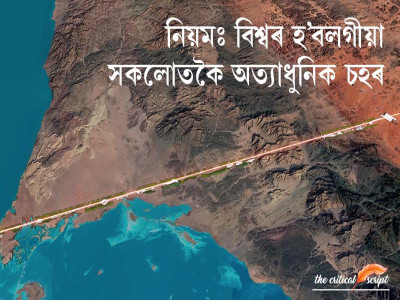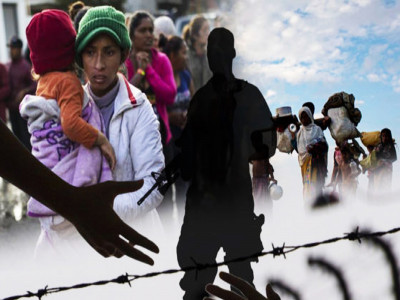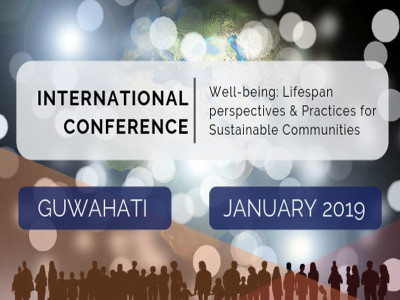
Gaza 2025: A Ceasefire Built on Fragile Foundations
As the world watches with hopeful yet wary eyes, the 2025 Gaza Peace Plan sculpted by U.S. President Donald Trump in partnership with Israel stands as one of the boldest attempts in recent years to halt the devastation in Gaza. But to understand whether it can endure, one must peel back the layers: the promises, the pressures, the fractures, and perhaps most importantly, the people caught in between.
Genesis of the Plan: Political Theater or Pragmatic Blueprint?
On 29 September 2025, in a joint White House press conference alongside Israeli Prime Minister Benjamin Netanyahu, President Trump announced what he termed a 20-point plan (sometimes reported as 21) to end the two-year war in Gaza.
The plan is, by design, a sweeping one, encompassing ceasefire implementation, prisoner and hostage exchanges, disarmament of Hamas, transitional governance, reconstruction, and economic revitalization. But it is also intentionally provocative, not shy of dramatic phrasing about “re-developing Gaza” and “deradicalizing the Strip.”
Observers note that the timing cannot be divorced from Trump’s broader political ambitions, especially given that the deal was unveiled on the cusp of the Nobel Peace Prize announcement window.
In multiple statements, Trump gave Hamas a deadline to accept the plan on October 5, 2025, warning of consequences if it refused. The implied menace underscores the political calculus underpinning much of the plan.
What the Plan Actually Promises
Ceasefire and Hostage Release
One of the plan’s most immediate elements is a cessation of hostilities, airstrikes, artillery bombardment, and ground operations, all are to freeze once the agreement is accepted. Israel will withdraw forces to a predetermined line (“yellow line”) to make way for the hostages’ return.
Within 72 hours of Israel’s public acceptance, all living and deceased hostages currently held in Gaza are to be returned.
Prisoner Exchange & Releases
In return, Israel is to free 250 individuals serving life sentences, plus 1,700 Palestinians detained since October 7, 2023, including women and children, and those held in the context of the war. For each Israeli hostage whose remains are recovered, Israel would release 15 deceased Palestinians’ remains.
Demilitarization & Security Architecture
The plan demands full dismantling of Hamas’s military apparatus - tunnels, weapons manufacturing, offensive infrastructure, and prohibits any future role in governance, directly or indirectly.
An International Stabilization Force (ISF), predominantly drawn from Arab and Muslim states, is envisioned to police security, supervise the disarmament, and back a transition to security by the Palestinian police.
Israel, per the plan, would still maintain forces along the border to ensure sustained security while the internal security vacuum is filled.
Transitional Governance & Reconstruction
A key plank is the formation of a Gaza International Transitional Authority (GITA) - a body of independent Palestinian technocrats, overseen by international powers, taking charge of the territory until elections and eventual handover.
Reconstruction is a central pillar: massive investment, removal of rubble and unexploded ordnance, rebuilding housing, infrastructure, public services, and creating economic opportunity.
The plan also calls for a special economic zone with favorable tariff access and encouragement of foreign investment.
On population movement, the plan states no forced displacement; those who wish to leave Gaza may do so, but return should be allowed.
Finally, the plan wraps itself in high-minded language: Gaza should become a terror-free, de-radicalized zone, not a threat to its neighbors.
The First Phase Agreement: A Tentative Breakthrough
On 9 October 2025, Israel’s cabinet approved the first phase of the plan, and Israel and Hamas publicly signed off.
Under the agreement:
● A ceasefire takes effect, and hostilities are halted.
● Israel begins withdrawal of troops from much of Gaza, returning to a defined line.
● 48 Israeli hostages are to be released, and nearly 2,000 Palestinian prisoners will gain freedom.
● A U.S.-led contingent, some 200 troops, will help monitor the truce, with broader participation from regional mediators.
● International actors (Qatar, Egypt, Turkey, and others) reaffirmed support and pledged to back humanitarian and reconstruction efforts.
In Gaza and Israel, scenes of relief and cautious celebration broke out: gunfire salutes, tearful reunions, and a sudden hush over prolonged bombardments.
Yet from diplomacy's high halls to frontlines, the mood is one of guarded optimism and deep skepticism.
Skepticism, Risks & Realpolitik
A Plan Bigger Than Capacity?
Critics warn that the plan is overly ambitious, even utopian. The scale of reconstruction, institutional reform, disarmament, and trust-building portends years, if not decades, of fraught politics.
The devil, many insist, is in the details: who exactly enforces the disarmament? How are security guarantees structured over time? What happens when political or violent spoilers emerge?
Hamas’s Acceptance Is Tenuous
While Hamas eventually signed the first phase, it did so with caveats. Its leadership in Gaza reportedly balked at full disarmament and exclusion from governance. Some factions viewed the plan as a maneuver to eclipse Hamas entirely.
Negotiations in the preceding days included potential revisions, guarantees about Israeli withdrawal, protections for Hamas leadership, and oversight conditions.
Internal Israeli Political Strain
Within Israel, Netanyahu’s more hawkish coalition partners expressed unease. The idea of releasing numerous Palestinian prisoners, pausing military operations, and ceding parts of Gaza to international monitors drew fierce resistance.
If domestic political winds shift or hardliners reclaim influence, the peace may unravel from within.
Fragile Ceasefires & Spoilers
The history of the Israel-Gaza conflict is littered with broken truces. Even in a declared pause, external actors or radical elements might perpetrate violence, jeopardizing trust.
Ensuring compliance across dispersed militant cells, clandestine tunnels, and porous borders is a daunting security challenge.
Legitimacy & Governance Issues
A transitional technocratic authority (GITA) overseen by external powers may provoke backlash from Palestinians who view it as an external imposition or neocolonial governance. The question of legitimacy looms large.
Who ultimately governs Gaza in the long term? How are elections held? How do you re-integrate Hamas–aligned social infrastructure into new civil institutions?
Humanitarian, Economic & Infrastructure Wreckage
Gaza has borne catastrophic damage. Unexploded ordnance, destroyed roads and utilities, shortages of water, medicines, food - all these must be addressed in tandem with peace.
Mobilizing trillions in reconstruction money amid global economic headwinds, donor fatigue, and security obstacles is no small feat.
What’s at Stake: Victory, Hegemony, Redemption, or Collapse
For Trump, this could be a geopolitical crown jewel - a legacy-defining diplomatic success that restores U.S. influence in the Middle East. But its political motivations shadow its goodwill.
For Israel, the plan offers the possibility of a security transition, withdrawal from Gaza with safeguards, and political cover through international oversight. Yet, it also requires restraint and trust in partners.
For Hamas and Palestinians, it presents both peril and possibility. Ceding military power means risking irrelevance, but accepting the deal offers an exit from devastation and a shot at rebuilding life.
For the international community, success would demonstrate that even in a region riven by centuries of conflict, a concerted, bold plan may work. Failure would serve as yet another cautionary tale of peace proposals unraveling in the face of grounded realities.
A Moment of Opportunity and Peril
The agreement is not peace yet- it is a pause, a structured handshake before real but fragile work begins. Some might call it a gamble; others, a desperate attempt at turning catastrophe into a pathway forward.
If the first phase holds, and the vision behind the 20 points is implemented with integrity, this peace plan could mark a turning point. But history in Gaza is unforgiving of broken promises.
For now, the world awaits the next chapter with hope, vigilance, and the sober knowledge that in war-torn lands, peace is rarely born from declarations alone.
Disclaimer: The opinions expressed in this article are those of the author's. They do not purport to reflect the opinions or views of The Critical Script or its editor.

Newsletter!!!
Subscribe to our weekly Newsletter and stay tuned.

















Related Comments